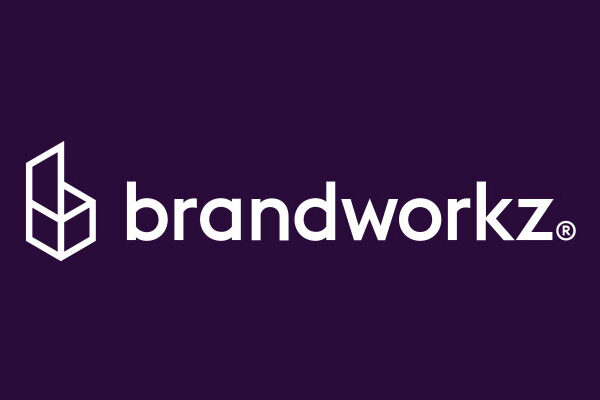Introduction to Brand Asset Management and ROI
When considering the backbone of a successful brand, consistent and effective brand guidelines emerge as a critical element. However, managing these guidelines can be daunting, particularly when digital assets increase daily. Brand asset management software solutions can assist by providing a streamlined approach to maintaining and enforcing brand guidelines. These tools simplify the management process and significantly enhance the return on investment (ROI) for businesses implementing them.
Key Factors Influencing ROI
The ROI from brand asset management solutions hinges on several key factors. Consider time efficiency. Often considered more valuable than money, time gets stretched with these solutions. The traditional method of managing brand assets – manual updates, dispersed files, and continuous back-and-forth communications – is time-consuming. Implementing a centralized brand asset management solution cuts down on these draining activities. Employees spend less time searching for the right assets and more on productive, revenue-generating tasks. The cumulative hours saved across a team or organization can be substantial, translating into cost savings and improved productivity.
The Importance of Brand Consistency
Another ROI aspect is brand consistency. Inconsistent branding can confuse customers and dilute brand identity, potentially leading to lost sales. A brand asset management solution ensures that all assets adhere to established guidelines, providing a unified brand experience. This consistency builds brand recognition and trust, which are pivotal in driving customer loyalty and, ultimately, sales. A study by Lucidpress reported that consistent branding is estimated to increase revenue by 23%.
Enhancing Collaboration and Workflow
Furthermore, these solutions facilitate better collaboration and workflow. Marketing teams, designers, and other stakeholders can work seamlessly together, irrespective of their location. This collaborative approach enabled by brand asset management tools ensures that brand guidelines are accurately implemented across all channels and materials. Enhanced collaboration improves the quality of outputs and accelerates the pace of project completion, positively impacting ROI.
Risk Mitigation in Digital Asset Management
Risk management is another crucial factor. Inadequate management of brand assets can lead to compliance issues, especially in industries heavily regulated in marketing and communication. Brand asset management solutions help mitigate these risks by ensuring that only compliant and up-to-date assets are used, avoiding potential legal and financial repercussions, and maintaining the integrity and reliability of the brand.
Navigating AI in Content Creation and Management
As artificial intelligence (AI) becomes more integrated into content creation and management, it brings unique challenges along with its benefits. Brand asset management software is crucial, particularly for overseeing AI-generated content. This software ensures that content meets brand guidelines and complies with industry standards. This capability is essential in sectors where adherence to regulatory norms is critical. By utilizing brand asset management solutions, companies can leverage the advantages of AI while effectively mitigating the risks associated with non-compliance or erosion of brand consistency.
Scalability of Asset Management Solutions
Now, let’s talk about scalability. As a business grows, so does its repository of digital assets. A scalable brand asset management solution adapts to this growth, accommodating increasing assets without a drop in performance or organization. This scalability ensures that the investment in the solution remains viable and effective in the long term, supporting the company’s growth trajectory.
The Power of Analytics and Reporting
Finally, an often-overlooked ROI aspect is the feedback and insights these solutions provide. Analytics and reporting features offer valuable insights into how assets are used and which are most effective. This data-driven approach enables businesses to make informed decisions about future marketing strategies and asset creation, ensuring resources are allocated to the most impactful areas.
Brand asset management analytics and reporting capabilities operate by meticulously tracking and analyzing user interactions with various assets. These sophisticated tools can record data points such as the frequency of asset usage, user engagement levels, and the performance of assets across different channels. This wealth of data is then distilled into actionable insights. For instance, if a particular digital asset consistently garners high engagement, the solution’s analytics might highlight this, suggesting a focus on similar types of content in future campaigns. Conversely, it can identify underperforming assets, guide marketers to improve or retire them, provide an analysis that is invaluable in understanding the real-world impact of brand assets, and allow businesses to refine their strategies based on empirical evidence rather than guesswork. Companies can ensure that their marketing efforts are more effective and cost-efficient by continually adapting and optimizing their asset portfolios in response to these insights.
Conclusion: The Comprehensive Benefits of Brand Asset Management
In conclusion, the ROI of implementing brand asset management solutions for maintaining brand guidelines is multifaceted. It encompasses time and cost savings, brand consistency, enhanced collaboration, risk management, scalability, and valuable insights. While the upfront investment in these solutions may seem substantial, their long-term benefits and returns make them an indispensable tool for businesses aiming to solidify their brand presence in a competitive market. Investing in such solutions is not merely about keeping up with digital advancements but actively leveraging technology to drive brand success and profitability.



